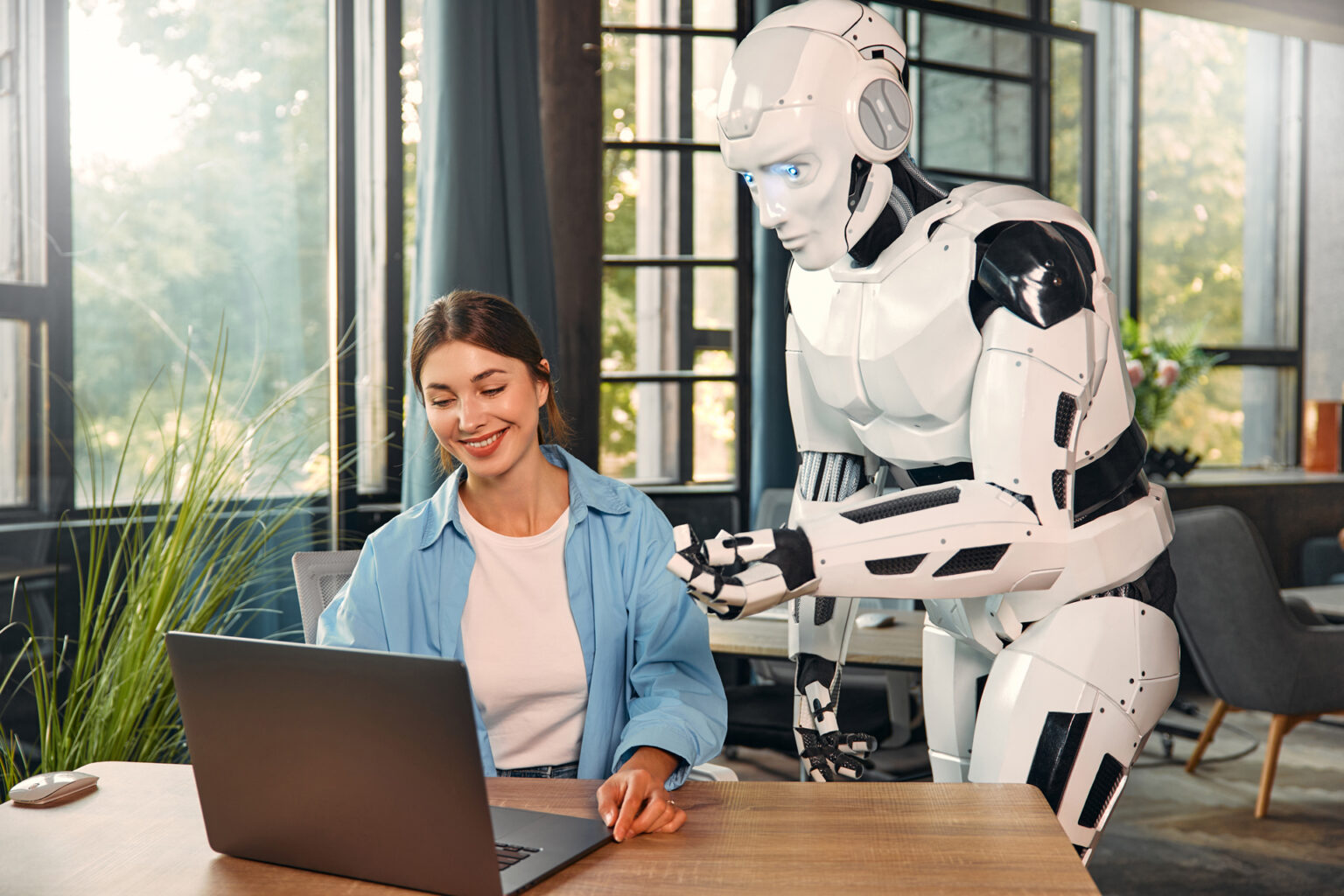How AI Graphic Design Is Dominating The Creative Landscape
Post Created By Eric Burton | July 21, 2024
Let’s address the elephant in the room: artificial intelligence (AI). By now, it’s revolutionizing menial tasks across industries as well as transforming graphic design and the creative process as a whole. Automating tasks and shortening the time to generate creative assets has become a lifesaver for many because it improves work efficiency. But is it really all that great?
If you’re unaware of the impact and implications of this technology, AI-powered tools can generate design options based on inputted preferences, significantly speeding up the creation of logos and other aspects of branding and design work. These tools use machine learning to analyze trends and datasets, producing aesthetically pleasing AI graphic design that can meet current market demands.
For example, AI can assist in color scheme selection and typography matching and even create customized graphics and layouts. However, AI represents both an opportunity and a unique challenge for small businesses and entrepreneurs. While this new technology can handle repetitive tasks, allowing business owners to focus on their ingenuity, it’s important to remember that AI is a tool, not a replacement for human creativity and understanding. This technology doesn’t consider the connections between branding, marketing strategies, and consumer research. Therefore, it can produce beautiful imagery but leaves it up to you to ensure that what it creates is the proper visual output for a business.
If a business owner intends to create brand assets independently, they must work with a certain level of caution and discernment or risk confusing consumers.
Table of Contents
The Automation Of Everyday Tasks: AI Graphic Design
Tedious tasks consume so much of our precious time—resizing images, formatting designs for various platforms, and tweaking layouts until your eyes glaze over. It’s no wonder AI seems like a Godsend meant to clean up mind-numbing chores.
For example, Adobe GenAI, specifically Adobe Sensei and Adobe Firefly, can generate images, handle content-aware fill, and use multiple large language models (LLMs) to develop and modify text-based experiences for brands and marketing teams. It’s basically an intern you can train on data sets, one that will never ask to take a break. Can somebody say efficiency gains?
A Partner in Innovation
Personalizing The Experience
In today’s culture, personalization can go a long way. With AI as a partner, you can make a design that speaks directly to individual users and consumers. For instance, AI can analyze consumer behavior and preferences to craft personalized marketing materials. For a small business owner, this means a customer browsing their online store will soon be able to see banner ads tailored to their specific needs and interests. And no, not like the ones about Ninja blenders that pop up on your web browser after you’ve mentioned them to a friend. I mean, banner ads designed to match that sole consumer.
This also applies to dynamic content, making for a truly immersive, relevant, and custom experience. Superb for business owners, big and small. For designers, this means creating more flexible design systems that can adjust dynamically.

Expanded Access to Design Resources & Creativity
AI is standardizing access to high-quality design resources. Just a year ago, creating professional-grade designs required expensive software and extensive training. Now, AI-driven platforms are leveling the playing field.
Tools like VistaCreate and Canva offer powerful new design capabilities to anyone with an internet connection. This is great news for entrepreneurs, small businesses, and individuals who need to produce compelling visuals on a tight budget. However, there’s a flip side.
While AI tools make it easier for non-designers to create decent designs, the demand for professional services takes a huge hit. Businesses that once relied on pro designers for things like branding and marketing materials might now turn to more budget-friendly AI tools. And as the market gets flooded with AI-generated designs, this devalues the creativity design professionals bring to the table.
The Human Touch
Despite its remarkableness, AI will only partially replace professional designers. There’s no replacement for the human touch—creativity, empathy, and strategic thinking. AI is a collaborative partner that can handle some heavy lifting, like data analysis and tasks that need to be automated, so designers and small business owners can focus on crafting compelling narratives and innovative concepts.
As this collaboration grows, designers must adapt by developing new skills. They will need to understand how to leverage AI tools effectively to thrive in the upcoming landscape.
Conclusion
AI is undeniably transforming the design industry, bringing both challenges and opportunities. By automating tasks, augmenting creativity, streamlining data analysis, and expanding access to design resources, AI empowers the world to push the boundaries of what’s possible.
As we embrace these changes, we must view AI as a tool that complements our creativity rather than a perilous threat. The future of design lies in blending human emotion and ingenuity with artificial intelligence (AI) to keep things dynamic and innovative. Let’s continue to design for the future.